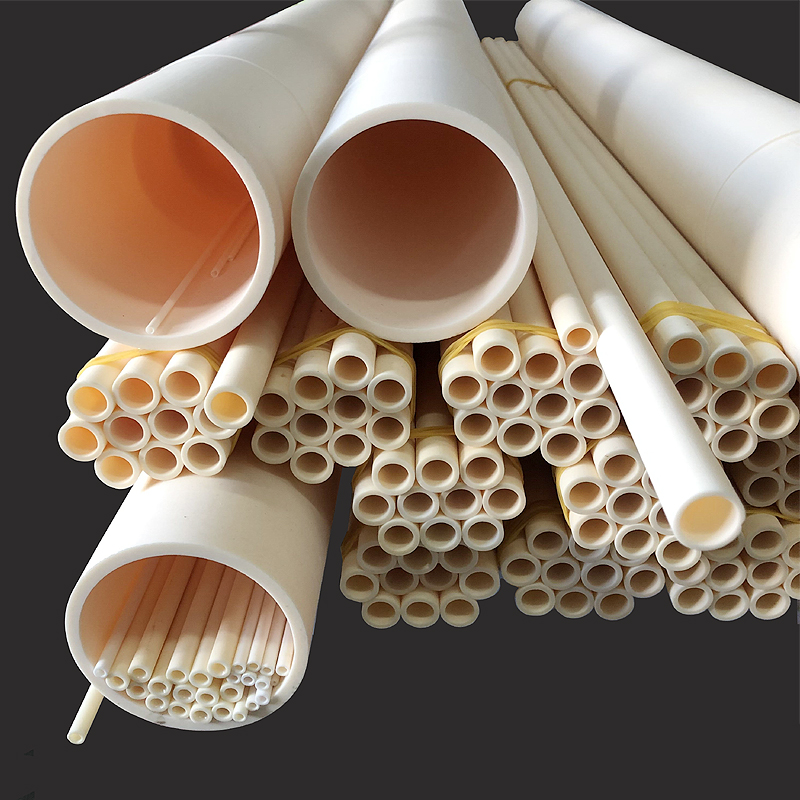What Are the Best Practices for Installing and Maintaining Alumina Tubes?

In the world of industrial applications, alumina tubes have emerged as a crucial component in various sectors, from aerospace to electronics. Their unique properties, such as high strength, excellent thermal resistance, and chemical inertness, make them indispensable. However, to ensure their optimal performance and longevity, proper installation and maintenance are of utmost importance.
Installation Best Practices
Before installation, it is essential to conduct a thorough inspection of the alumina tubes. Check for any visible cracks, chips, or deformities. Even the slightest defect can compromise the tube's integrity during operation. Additionally, ensure that the tubes are clean and free from any contaminants. A clean surface not only facilitates proper installation but also enhances the tube's performance.
When it comes to the actual installation, precision is key. Use appropriate tools and fixtures to ensure a secure fit. Alumina tubes should be installed in a way that minimizes stress and strain. This may involve using specialized mounting brackets or adhesives, depending on the application. For example, in high-temperature environments, heat-resistant adhesives can be used to bond the tubes to other components.
Proper alignment is another critical aspect of installation. Misaligned alumina tubes can lead to uneven stress distribution, which can ultimately cause premature failure. Use alignment tools and techniques to ensure that the tubes are perfectly aligned. This may require the use of laser alignment systems or other precision measuring instruments.
Maintenance Best Practices
Regular maintenance is essential to keep alumina tubes in top condition. One of the primary maintenance tasks is to monitor the tubes for any signs of wear or damage. This can be done through visual inspections or by using non-destructive testing methods, such as ultrasonic testing. If any issues are detected, they should be addressed immediately to prevent further damage.
Cleaning is also an important part of maintenance. Over time, alumina tubes can accumulate dirt, dust, and other contaminants. These can affect the tube's performance and may even cause corrosion. Use appropriate cleaning agents and techniques to remove these contaminants. For example, in some cases, a simple water rinse may be sufficient, while in others, a more aggressive cleaning solution may be required.
Temperature and pressure monitoring is another crucial aspect of maintenance. Alumina tubes are designed to operate within certain temperature and pressure ranges. Exceeding these limits can cause the tubes to fail. Install sensors to monitor the temperature and pressure of the tubes during operation. If the readings are outside the recommended range, take appropriate action to correct the situation.
In conclusion, by following these best practices for installing and maintaining alumina tubes, industries can ensure the optimal performance and longevity of these essential components. This not only helps to improve the efficiency of industrial processes but also reduces the risk of costly downtime due to tube failure.

